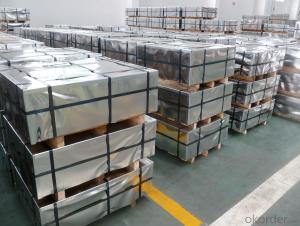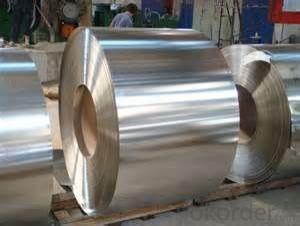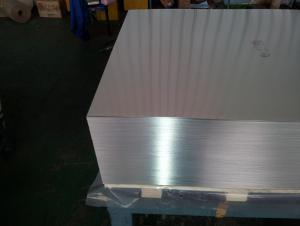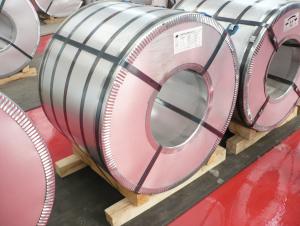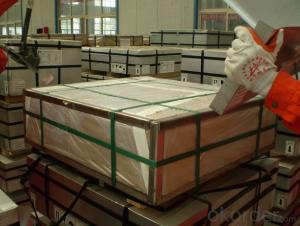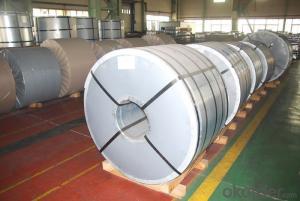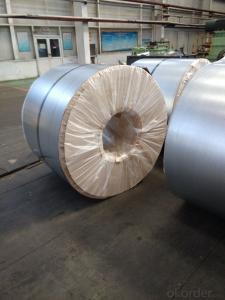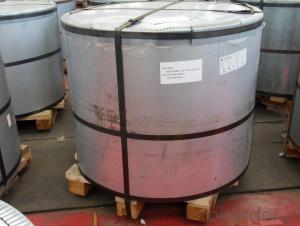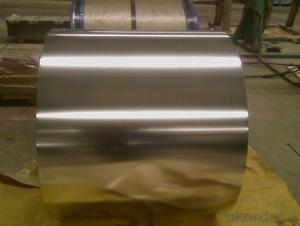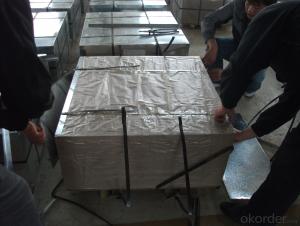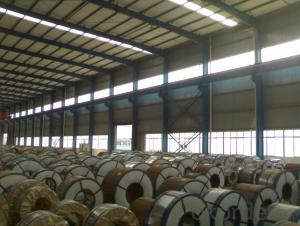Envases Tinplate Sau
Envases Tinplate Sau Related Searches
4 By 8 Plastic Sheets Thin Plastic Sheets Flexible Tinplate Coil Quotes Tinplate Iron Clear Plastic Sheets Hard Plastic Sheets 4X8 Lightweight Plastic Sheets Wavy Plastic Sheets White Plywood Sheets Poly Styrene Foam SheetsHot Searches
Tinplate China Tinplate Stock Price Tata Tinplate Price List Tinplate Price Trend Tinplate Nse Share Price Tinplate Price Chart Tinplate Share Price Nse Tata Tinplate Share Price Tinplate Share Price Today Tinplate Share Price Bse Tinplate Price Tinplate Share Price Tinplate Coil Manufacturers Tinplate Sheet Suppliers Food Mixer Sale Tinplate Factory Tinplate Production Tinplate Products Ltd Tinplate Products Tinplate Can ManufacturersEnvases Tinplate Sau Supplier & Manufacturer from China
Okorder.com is a professional Envases Tinplate Sau supplier & manufacturer, offers integrated one-stop services including real-time quoting and online cargo tracking. We are funded by CNBM Group, a Fortune 500 enterprise and the largest Envases Tinplate Sau firm in China.Hot Products
FAQ
- The main factors influencing the growth of the tinplate market include the increasing demand for packaged food and beverages, the rising preference for eco-friendly and sustainable packaging materials, technological advancements in the production process, and the expanding applications of tinplate in various industries such as electronics and automotive. Additionally, the growing population, urbanization, and changing consumer lifestyles are also driving the demand for tinplate packaging solutions, contributing to the market's growth.
- Yes, tinplate can be used for pharmaceutical packaging. Tinplate is a type of steel coated with a thin layer of tin, which provides excellent protection against corrosion and ensures the integrity and safety of pharmaceutical products. It is commonly used for the production of cans, containers, and closures, making it a suitable choice for pharmaceutical packaging due to its durability, resistance to light and moisture, and ability to maintain product quality and safety.
- No, tinplate cannot be used for packaging of corrosive substances as it is susceptible to corrosion itself.
- Tinplate for automotive components is typically coated through a process called electrolytic tin plating. In this process, a thin layer of tin is electroplated onto the surface of the tinplate substrate. This coating enhances the corrosion resistance and appearance of the automotive components, making them suitable for various applications in the automotive industry.
- There are several limitations to consider when printing on tinplate. First, tinplate is not a very smooth surface, which can affect the quality and resolution of the printed design. Secondly, tinplate is prone to corrosion, so special coatings or treatments may be required to ensure the longevity of the print. Additionally, tinplate is a rigid material, making it more challenging to print on curved or irregularly shaped objects. Lastly, the printing process on tinplate can be more time-consuming and costly compared to other printing methods, as it often requires specialized equipment and inks.
- Tinplate is commonly used in the beverage industry for packaging cans due to its ability to provide a protective barrier against corrosion and maintain the flavor and quality of the beverages.
- Tinplate has excellent recyclability as it is a highly recyclable material. It can be easily collected, sorted, and recycled into new products repeatedly without losing its quality. This makes tinplate a sustainable packaging choice that contributes to reducing waste and preserving valuable resources.
- Tinplate contributes to the reduction of plastic waste by providing a sustainable alternative for packaging. Tinplate containers are durable, recyclable, and can be reused multiple times. This reduces the need for single-use plastic packaging, thereby minimizing the amount of plastic waste generated.
















